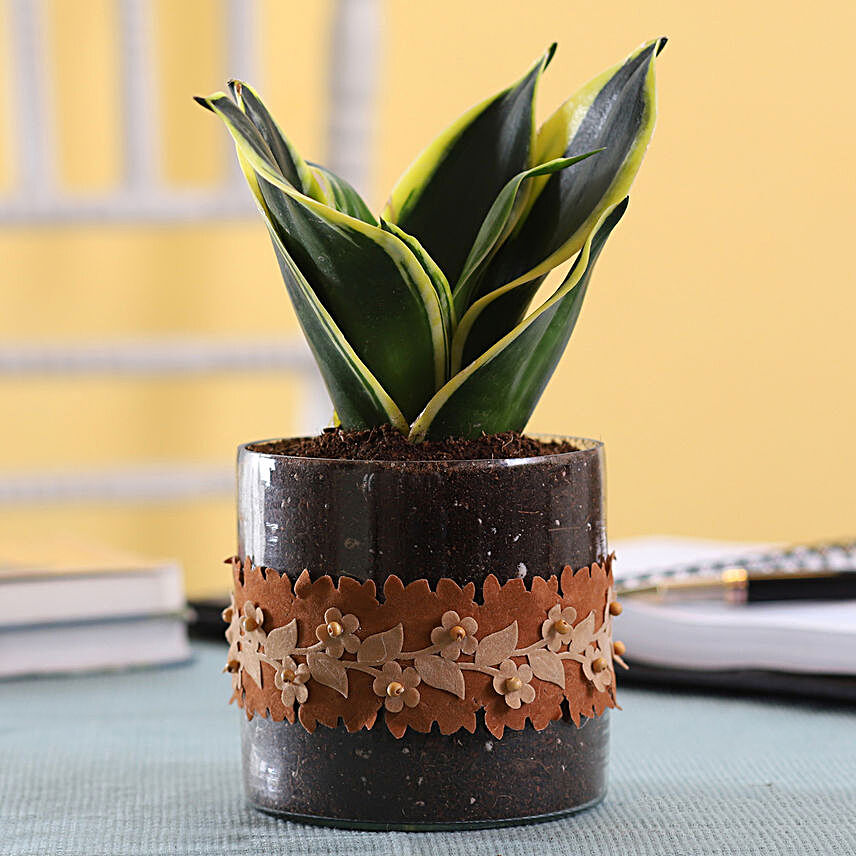Know Some Interesting Facts About Araucaria Plant
- Author: Anushka Published: 14th December, 2021
Chances are you would have heard of Araucaria araucana by the name of monkey puzzle tree, monkey tail tree, piñonero or Chilean pine. Araucaria is a unique, unusual and evergreen conifer that appears both attractive and interesting. The plant traces its roots back to South America, western Argentina and central & southern Chile. Though the plant has a slowing growth, it can live up to 1000 years. However, lately, the species have been declared endangered in their native habitat due to over-exploitation, habitat loss and frequent wildfire. Here are some interesting facts about this not-so-well-known plant.

Story Behind the Name
The name is said to have originated in the year 1850 when someone noticed that the tree has the ability to trick or puzzle even a monkey to climb it. Funny as no monkeys are found in Chile!
Mythology & Symbolism
Araucaria is called 'Pehuen' in Chile and holds high religious significance to the local people. According to a myth, if you speak while passing the plant, it would bring you bad luck or make you have a tail like a monkey. Another Fenland folklore goes that if you plant a monkey puzzle outside a graveyard it would stop the devil from entering a grave at the time of burial. Many even believe that there lives a Devil in the monkey puzzle tree. This story is said to be formed to prevent children from climbing the spiky branches.
Practicality & Usefulness
This low sunlight plant's seeds are edible, highly nutritious and are a staple diet of the people in Chile. Monkey puzzles are grown for decoration purposes in North America and Europe. In fact, the native Australians used Araucaria cunningham's timber to construct boomerangs and coolamons. The sap was used to make glues that were further utilised in making tools such as axes and handles. Apart from this, it was used extensively to make railway sleepers, ladders and piano interiors.
Living Being to Have Coexisted with Dinosaur
The tree is known to have existed with dinosaurs as both were found almost 200 million years ago. Its spine-like needles protected it from extinct grazing animals. It was declared a 'natural monument' in 1976. Unfortunately, its population has drastically reduced and the felling of the tree is strictly prohibited. Severe precautionary measures are being taken for araucaria plant care.





